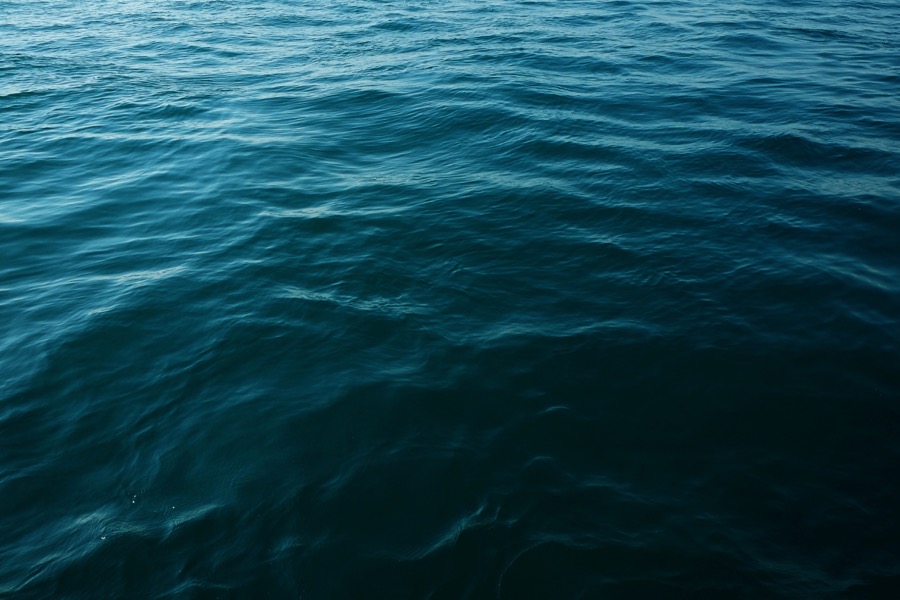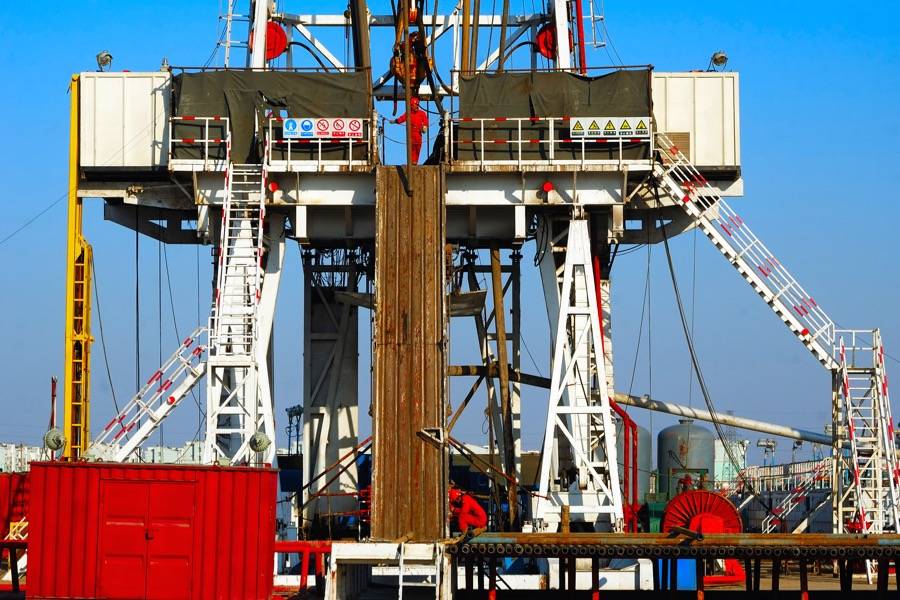When we think of shallow, mid, deep or ultra-deepwater, are we thinking of the same numbers?
This article is part of our knowledge base where over time, we intend to cover every aspect of the upstream section of the industry. We’re all roughly aware of the differences between shallow and midwater, then deepwater and more recently, ultra-deepwater.
Few of us will be able to put an exact figure on the distinctions. This is partly because we hear about the terms in the media, and in reference to particular oil fields that we might have studied or worked in.
The definitions and figures have evolved over time, as technology has improved. There was a time where jackup rigs had a water depth cut-off limit where a semi-submersible would always be needed instead. Now, some jackups can work in deeper water than previous generations.
Ultra-deepwater was off limits for many decades, partly because of the lack of experience and technology, and partly because there was plenty of more accessible oil and gas. Now, many older legacy & elephant oil fields are depleting significantly, and technology has improved. Drilling in ultra-deepwater can be competitive with more conventional oil fields, as long as oil prices are high enough to make them profitable.
Different people might put a slightly different water depth cut-off figure for the different depths, but here is our approximate estimation:
Shallow water
Not too long ago, shallow water would be described as up to 300-400 feet (91-121 meters) deep, but nowadays anything under 1000 feet (305 meters) could be described as shallow water.
Midwater
Midwater ranges from 1000-5000 feet (305-1524 meters), although there still might be people that would say 500-4000 feet (152-1219 meters) depending on their own personal experience and work history.
Deepwater
Deepwater is considered to be anything more than midwater (4000/5000 ft or 1219/1524 meters) but not ultra-deep. The top end of deepwater comes in at around 7000 feet (2133 meters). Just like the shallow water definition creep over time, there was a time when even depths of 1000 feet (305 meters) were considered to be deepwater. This is an illustration of how we’ve evolved and advanced technology over time.
Ultra-Deepwater
… Is drilling between 7000-12000 feet (2134-3658 meters) at the time of writing. It won’t be surprising to come back and edit these words in a few years time, with a few thousand extra feet added to these figures.
(We’ve mentioned feet, then meters in brackets because most drilling contractors still use the imperial measure. Some operators use meters, especially the European ones, for obvious reasons).
Local factors
County to country, there don’t seem to be any ‘official’ figures in relation to this topic. The cut-off points could be contentious when working among a multicultural crew, or on a drilling contact with contractors from different parts of the world. It’s obviously important to check the actual numbers on a work plan, rather than making assumptions considering the possible differences of opinion.
If you work in different regions of the world you’ll definitely come across different cut-off depths that make sense to the local area. For example, if the maximum depth of a region or basin is 2000 feet (610 meters), it won’t be helpful to categorise 1000 feet (305 meters) as shallow water. The local engineers are more likely to see that as midwater already.
The definitions are relevant in two main work situations, when discussing exploration and production in a field, and then in relation to the rig that we want to use to drill it.
Another consideration in the planning of the well involves the estimated depth below sea floor level that the the hydrocarbon reservoir sits. For the purpose of these definitions however, we’re just referring to the distance between the surface of the water, and the sea bed.
Depth by rig category:
When plans are made for a new project, tenders have to be entered to secure the use of rigs in advance. The depth of the water is a starting point when deciding which rigs to put an offer in for. It’s in the interest of rig manufacturers and drilling contractors to put depth specifications on their rigs.
Guess what… These depths have also changed over the years as rigs have advanced in design and technology!
Again, here is an approximate guide:
Jackups are the most common rig designed and used for shallow water. These are usually the most practical choice in water up to 400-500 feet (122-152 meters), but the most modern ones can go a lot deeper than that. The decision about whether to opt for a jackup would involve the age of the rig, specifications and the local climate and potential weather conditions. Price is a important consideration, as the jackups with the deeper capabilities (the newer ones with longer legs) start to compete with semi-subs which are far more expensive per day. If you’re drilling in very shallow water, you’ll want to save money by using a jackup that is only capable of this.
Submersibles are used in shallow water because their structure has to rest on the seabed. When being moved, their buoyancy tanks are emptied of water and filled with air so that they float and can be pulled by tug boats. Submersible rigs can only be used in very shallow water. The rig deck needs to be up to 100 meters above the surface of the ocean, in case of storms. It’s not practical to create rig frameworks that are very tall, especially when jackups are more practical and versatile.
Drill Barges are also options for very shallow water. they get pulled along by a tugboat, and do not have the clearance over the surface of the ocean to withstand any kind of adverse weather. A drill barge would only be used in very sheltered situations such as inland lakes.
Semi-submersibles are used for most midwater situations, but these are the early generation that had lower depth limits. Midwater hydrocarbon reservoirs were low hanging fruit, and now most known reserves have been exploited. The mid to newer generation semi-subs can go a lot deeper and are used in deepwater drilling.
Drillships can operate in shallow, mid or deepwater, although a jackup is the cheaper choice for shallow drilling, and the semi-sub for deepwater. There aren’t that many drillships around in comparison to semi-subs and floaters, so they’re used in special situations. The maximum drilling depth of the latest drill ships is around 40,000 feet (12192 meters).
Ultra deepwater floaters are the cutting edge in rig design. They’re able to work down below 10,000 feet (3048 meters) and even up to 12,000 (3658 meters) at the time of writing. Ultra deepwater drilling is the most technically demanding and potentially hazardous.
Ultra deepwater drilling companies that own these floaters command the highest day rates, are crewed by the best rig crews, and venture into the roughest oceans! The types of rigs used in these extreme conditions are the latest semi-subs and drillships.
Ultra-deepwater drilling challenges include:
- The wellhead just sinking down into silt or mud
- Wellbore instability issues
- Extremely high pressure leading to lost circulation
- Differential sticking due to seabed composition
Hopefully you’ve found this article interesting and/or informative. Did we get it right? What figures would you put on the different water depths? Please let us know below in the comments section.









Very well explained.
Ocean deepness of all the seas have been considered different. However, the mystery of the depths of the oceans is still intact. The depth of the sea is very cold, dark and sometimes due to high pressure, oxygen also decreases here.
https://science-hub.tech/ocean-deepness-worlds-10-deepest-sea-trenches/
Just looking for a definition of Ultra-Deepwater and I found the different depth on IADC webpage.
Definition(s)
Ultra-deep water
Water depth exceeding 1 830 m (6 000 ft). NOTE 1 Since the physical circumstances of any situtation will change as a function of water depth, use of the term “ultra-deep water” implies that it may be necessary to consider design and/or technology alternatives. NOTE 2 For description of pressure and temperature ratings, the definition given in the applicable subsystem International Standard and other relevant standards and design codes is used.
Source: API RP 17A, Design and Operation of Subsea Production Systems—General Requirements and Recommendations, Fourth Edition, Reaffirmed 2011. Global Standards